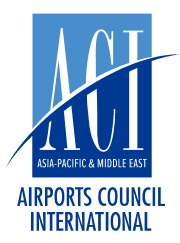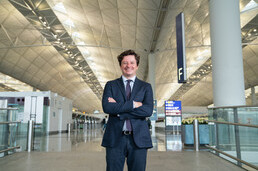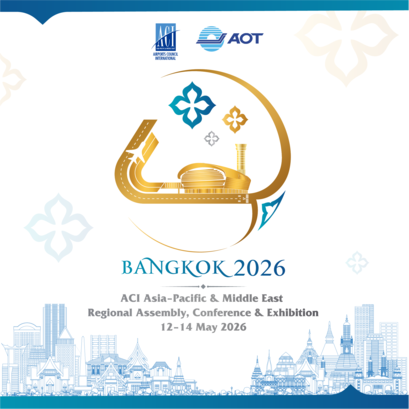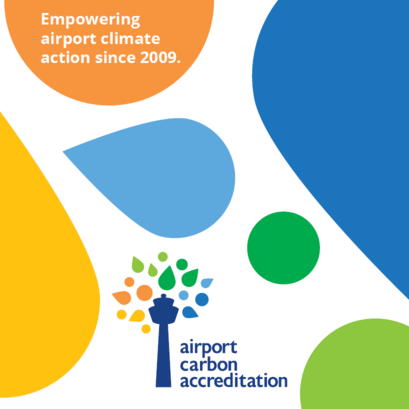View From the Top
- 2023-05-09

View From The Top: ACI Asia-Pacific and Middle East Director General Stefano Baronci reflects on the latest traffic trends and the association’s ongoing advocacy efforts
2023 heralds a new dawn for the aviation and tourism industry. After having remained shut for nearly three years, China-- the world’s biggest aviation market – has reopened its borders to the world. This is a significant milestone for the aviation industry in the region that has started to lose its dominating market position it enjoyed since 2012.
The prolonged closure of China borders and limitations in Japan and Hong Kong mean Asia-Pacific is likely to record traffic of 1.7 billion for 2022, 51.4% of the 2019 level (3.4 billion). This implies that Asia-Pacific is likely to drop to third in global passenger share and finish third behind Europe (1.9 billion in 2022) and North America (1.8 billion). The last time Asia-Pacific recorded a similar level of traffic was in 2011.
This is just a temporary setback as ACI Long-term forecast indicates Asia-Pacific along with Middle East is expected to grow faster than other regions until 2041, respectively by 4.5% and 4.7% against a compound annual growth rate of 2.6% in Europe and 2.2% in North America against the baseline of 2019 traffic. In the long-term, Asia-Pacific will have four nations among the world's top five civil aviation markets, with China leading the way, followed by India, Indonesia, and Japan. Among the global fastest growing markets 5 are located in Asia (Indonesia, India, Vietnam, the Philippines and China). Asia-Pacific is predicted to host 45% of global traffic in 2041.
China’s reopening signifies the beginning of a strong reocvery of the traffic in the region. China accounts for almost one-quarter (23%) of inbound travel. In other words, the share of Chinese visitors in total inbound travel in Asia-Pacific is 23%, with an associated 24% spending. It’s worth noting that Chinese travellers were the largest international spenders in 2019, accounting for USD 120 billion of the global international spending of USD 500 billion.
.png)
It is a fundamental fact that a number of Asia-Pacific countries are dependant on China as a significant portion of inbound tourism to Asia-Pacific nations are chinese. Tourism-reliant nations in Southeast Asia will likely be among the first to witness an upward movement in traffic, with developed economies also benefiting from the return of Chinese visitors. As a result, Asia-Pacific is expected to recover 2019 traffic levels by 2024 and the Middle East by end of 2023.
Another encouraging indicator for the region is that over a dozen countries that imposed travel restrictions following China's reopening have gradually lifted the restrictions, allowing total freedom of travel.
ADVOCACY
Our advocacy remains strong as our policy team continue to work more closely with stakeholders and aviation community in the journey towards recovery and rebuilding. In various ICAO meetings, we reaffirmed our call for One-Stop Security and promoted APEX in Security. We presented a number of proposals that might assist airports in improving their readiness for future health emergencies, such as the implementation of globally acknowledged digital health credentials and the use of a balanced approach when adding extra health precautions at airports.
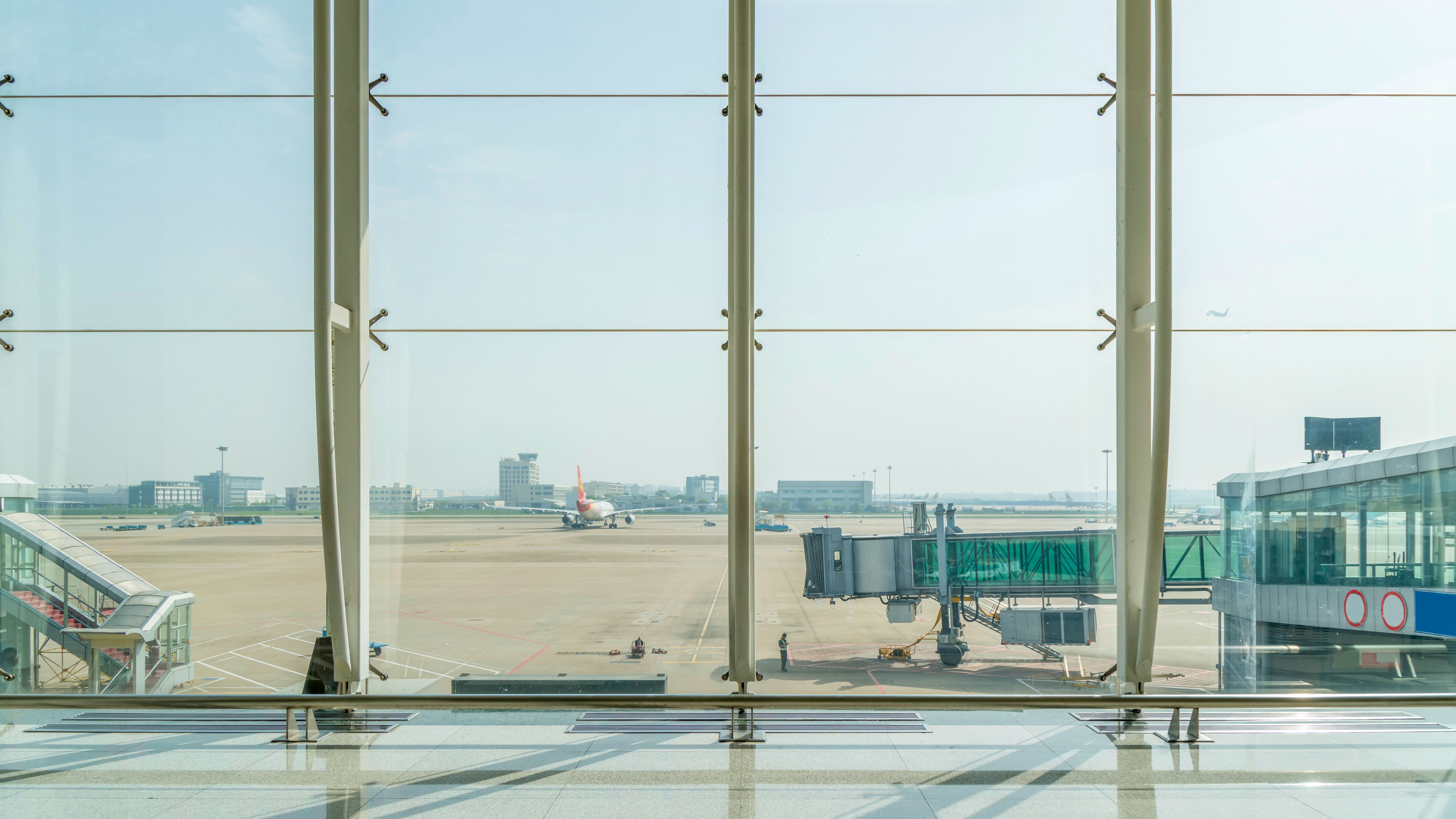
In addition, we also launched two new safety guideline handbooks. The Guidelines on Operations Under Lightning is designed to help its members establish protocols to determine when to scale down or suspend aerodrome operations during a thunderstorm and safe resumption of operations. The Guidelines on Manning Requirements for Aerodrome Operations provide a framework to estimate manning requirements for aerodrome operations.
Our members' enthusiasm for ACI Airport Carbon Certification has been amazing. According to the ACI Airport Carbon Accreditation (ACA) Annual Report, as many as 64 airports in Asia-Pacific and the Middle East have together contributed to 162,623 tonnes of carbon reduction (Scope 1 & 2). (May 2021 to May 2022).
ACI Asia-Pacific is working with governments and national authorities to encourage airports pursue decarbonisation. During our visit to India recently, ACI Asia-Pacific had a dialogue with Government of India to increase the participation of airports in the ACI ACA programme.
With the complete reopening of the borders, business is back to normal. Our engagements and advocacy will continue to increase, as will our events and services.
We are currently preparing for a series of events, beginning with our ACI Asia-Pacific Regional Assmebly, Conference and Exhibition on 16-18 May 2023 in Kobe, Japan followed by the launch of our sub-regional office for Middle East in Riyadh and Airports Innovate in Muscat on 21-22 November 2023.

I take this opportunity to invite you to attend the ACI Asia-Pacific Regional Assembly, Conference and Exhibition in Kobe. We've put together an exciting lineup of speakers, including industry pioneers with a lot of experience. We look forward to meeting you in Kobe!
- CATEGORY
- COUNTRY / AREA
- Hong Kong SAR
- AUTHOR
- ACI Asia-Pacific
